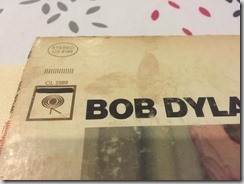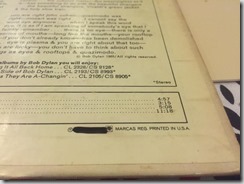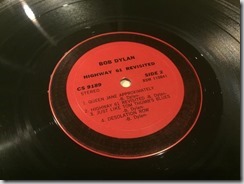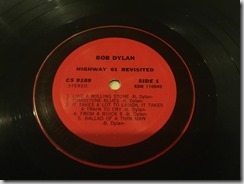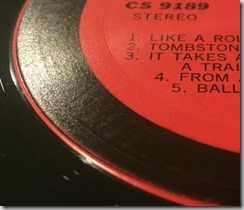Export Vinyl
Back in the 1970s in Australia, parallel importation of vinyl records created arguably a very niche collectable – the redacted or “donut” labels and sleeves of Columbia Records pressings.
Some background:
This arrangement ended in 1961 when Columbia formed its own international organization, CBS Records, in 1962, which released Columbia recordings outside the USA and Canada on the CBS label (until 1964 marketed by Philips in Britain). The recordings could not be released under the “Columbia Records” name because that was a separate record label operated by EMI outside North America.
Source: Label Guides
Because Columbia did not own the rights to the name outside the US at the time, and records imported into other regions needed to be redacted.
It looks like, for the most part, this was done manually by some very dedicated and hardworking folks, although precise numbers of imports are not known, it must have been a reasonable volume.
Here we have an example of a mid-70s US pressing of Bob Dylan’s “Highway 61 Revisited”. It was imported to Australia, and consequently bears the manual work of blanking any references to Columbia Records.
Redacting the sleeve
The release carries some burden for the poor folks who had the arduous task of removing all references to Columbia Records.
On the front of the sleeve, top left:
On the rear of the sleeve, top left:
Again on the rear sleeve, at the bottom:
Redacting the labels
Here it gets interesting. On some LPs, the Columbia ring is marked out, but on this release it looks like a band of black has been stamped over the Columbia logos on the rim of the label:
This creates the so-called “donut” label, where the label is adorned by an odd black ring:
Under the right lighting conditions, you can actually still see the Columbia Records brand and logo:
These have apparently been found by a small community of collectors to be sought after. Given that distribution was likely somewhat limited in volume and distribution, these may be rather an uncommon find, especially in the US.
There’s absolutely nothing different about the pressings when compared to the US versions, the matrix numbers and pressings all match. The curiosity is the blanking of the Columbia references.

